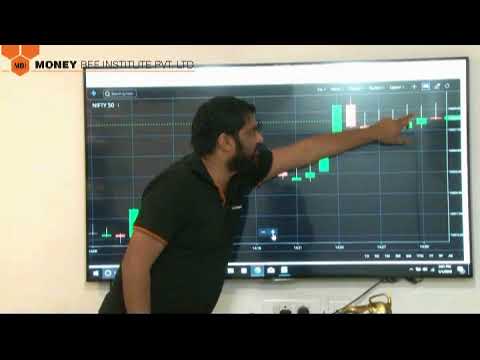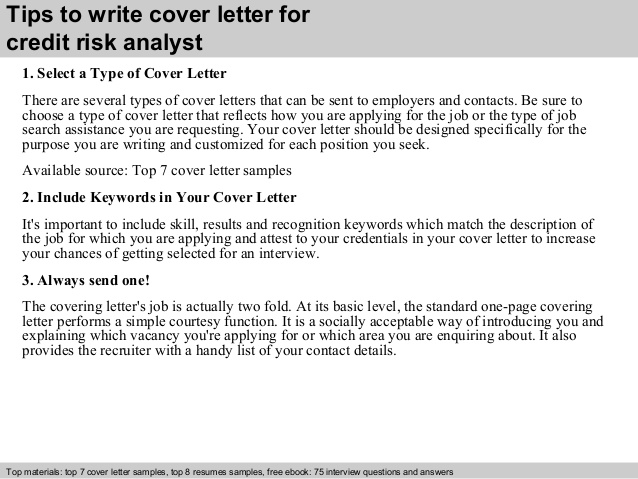Содержание

An asset’s initial book value is its actual cash value or its acquisition cost. Not all purchased items are recorded as assets; incidental supplies are recorded as expenses. An example of this is assets purchased and expensed under Section 179 of the U.S. tax code. Current assets are assets that can turn into cash within one year of a particular date. Long-term assets are a company’s value of property, plant, and equipment that can be used for more than 1 year, minus depreciation. The total account balance for all assets is listed on the company’s balance sheet.
- Physical assets, such as inventory, property, plant, and equipment, are also part of total assets.
- Additionally, depreciation-linked rules and accounting practices can create other issues.
- As the market price of shares changes throughout the day, the market cap of a company does so as well.
- Investors can find a company’s financial information in quarterly and annual reports on its investor relations page.
- It all depends on how much was paid for the new shares and what return the new capital earns once invested.
When carrying value is compared to an enterprise’s market value, it can indicate whether a stock is underpriced or overpriced. The price-to-book (P/B) ratio evaluates a firm’s market value relative to its book value. As a result, a high P/B ratio would not necessarily be a premium valuation, and conversely, a low P/B ratio would not automatically be a discount valuation. Book value per share and price-to-book (P/B) ratio are utilized in fundamental analysis.
Carrying Value vs. Book Value
It is also called book value and is not necessarily the same as an asset’s fair value. A mutual fund is an entity which primarily owns financial assets or capital assets such as bonds, stocks and commercial paper. The net asset value of a mutual fund is the market value of assets owned by the fund minus the fund’s liabilities. This is similar to shareholders’ equity, except the asset valuation is market-based rather than based on acquisition cost. In financial news reporting, the reported net asset value of a mutual fund is the net asset value of a single share in the fund. In the mutual fund’s accounting records, the financial assets are recorded at acquisition cost.

Importantly, this thought process for determining carrying value versus fair value prediction paves the way for the concept of entity value , which is a holistic measure of organizational value. Liabilities, because they should be paid in full, have a fair value equal to 100% of the carrying value. Land and buildings, in a business-oriented city, may be beyond 100% of the carrying value.
What is the difference between carrying value and book value?
Market values shot high above book valuations and common sense during the 1920s and the dotcom bubble. Market values for many companies actually fell below their book valuations following the stock market crash of 1929 and during the inflation of the 1970s. Relying solely on market value may not be the best method to assess a stock’s potential. Book valuation is an accounting concept, so it is subject to adjustments. Some of these adjustments, such as depreciation, may not be easy to understand and assess.
CLAROS MORTGAGE TRUST, INC. Management’s Discussion and Analysis of Financial Condition and Results of Operations. (form 10-K) – Marketscreener.com
CLAROS MORTGAGE TRUST, INC. Management’s Discussion and Analysis of Financial Condition and Results of Operations. (form 10-K).
Posted: Thu, 16 Feb 2023 08:00:00 GMT [source]
The examples given above should make it clear that book value vs carrying value values are very different. Many investors and traders use both book and market values to make decisions. There are three different scenarios possible when comparing the book valuation to the market value of a company.
Original costs of fixed assets are the capitalization of fixed assets, including acquisition costs and other related costs that bring the assets into workings conditions. Book value indicates an asset’s value that is recognized on the balance sheet. Essentially, book value is the original cost of an asset minus any depreciation, amortization, or impairment costs. Salvage value can sometimes be merely a best-guess estimate, or it may be specifically determined by a tax or regulatory agency, such as the Internal Revenue Service . Book value and salvage value are two different measures of value that have important differences.
Book value is the value of the company according to its balance sheet. Market value is the value of a stock or a bond based on the traded prices in the financial markets. Though the market value can be calculated at any point, an investor gets to know the book value when a company files its earnings every quarter. Net Book Value is the value of fixed assets after deducting the accumulated depreciation and accumulated impairment expenses from the original cost of fixed assets. As for reversals, I believe under GAAP, you can never write up fixed assets, even if it is the recovery of a previous impairment.
Book value is the total estimated value that would be received by shareholders in a company if it were to be sold or liquidated at a given moment in time. It calculates total company assets minus intangible assets and liabilities. Net book value can be very helpful in evaluating a company’s profits or losses over a given time period. Carrying value is the reported cost of assets in the company’s balance sheet, wherein its value is calculated as the original cost less than the accumulated depreciation/impairments. The intangible asset is calculated as the actual cost less the amortization expense/impairments.
Recommended Articles
This occurs when a bond’s coupon rate surpasses its prevailing market rate of interest. For instance, a bond with a face value of $750, trading at $780, will reflect that the bond is trading at a premium of $30 ($ ). An investor can calculate the book value of an asset when the company reports its earnings every quarter, whereas market value changes every moment. Carrying amount is based on the gradual depreciation of the value of a certain asset, which means that its value will change and decline over time.
You need to know the difference between book value vs. market value to know the accurate worth of your business and its assets. Since interest rates fluctuate daily, bonds are rarely issued at their face value. Instead, most bonds are issued at a premium or discount depending on the difference between the market rate of interest and the stated bond interest on the date of issuance.
Carrying Value per Share
The CV is the asset’s book value, and it is calculated by deducting accumulated depreciation from the asset’s initial cost. Knowing how much your assets are worth is necessary for properly creating financial statements, obtaining outside financing, and selling your property. In conclusion, calculating the carrying value of a bond is an important concept for investors and bondholders to understand.
Riot Reports Full Year 2022 Financial Results, Current Operational … – InvestorsObserver
Riot Reports Full Year 2022 Financial Results, Current Operational ….
Posted: Thu, 02 Mar 2023 22:00:00 GMT [source]
Intangible assets, including brand names and intellectual property, can be part of total assets if they appear on financial statements. Total liabilities include items like debt obligations, accounts payable, and deferred taxes. Book value in this definition is determined as the net asset value of a company calculated as total assets minus intangible assets and liabilities.
Carrying Amount of Investment
Deriving the book value of a company becomes easier when you know where to look. Companies report their total assets and total liabilities on their balance sheets on a quarterly and annual basis. Additionally, it is also available as shareholders’ equity on the balance sheet. In personal finance, an investment’s carrying value is the price paid for it in shares/stock or debt. When this stock or debt is sold, the selling price less the book value is the capital gain/loss from an investment.

The stock market assigns a higher value to most companies because they have more earnings power than their assets. It indicates that investors believe the company has excellent future prospects for growth, expansion, and increased profits. They may also think the company’s value is higher than what the current book valuation calculation shows.
Fair value is the sale price agreed upon by a willing buyer and seller. The fair value of a stock is determined by the market where the stock is traded. Fair value also represents the value of a company’s assets and liabilities when a subsidiary company’s financial statements are consolidated with a parent company.
Depreciation is used to record the declining value of buildings and equipment over time. Amortization is used to record the declining value of intangible assets such as patents. Value investors look for companies with relatively low book values (using metrics like P/B ratio or BVPS) but otherwise strong fundamentals as potentially underpriced stocks in which to invest.
Sometimes, companies get equity capital through other measures, such as follow-on issues, rights issues, and additional share sales. Market value—also known as market cap—is calculated by multiplying a company’s outstanding shares by its current market price. The carrying values of an asset can be calculated by subtracting the total liabilities of that particular asset from its total assets. In case the value obtained is negative, it means that the asset has a net loss or it can be said that its losses exceed its profits, thus making it a liability. In the second formula, tangible assets is equal to (total assets – goodwill and intangible assets).
The nature of a company’s assets and liabilities also factor into valuations. As the market price of shares changes throughout the day, the market cap of a company does so as well. On the other hand, the number of shares outstanding almost always remains the same.


Leave a Comment